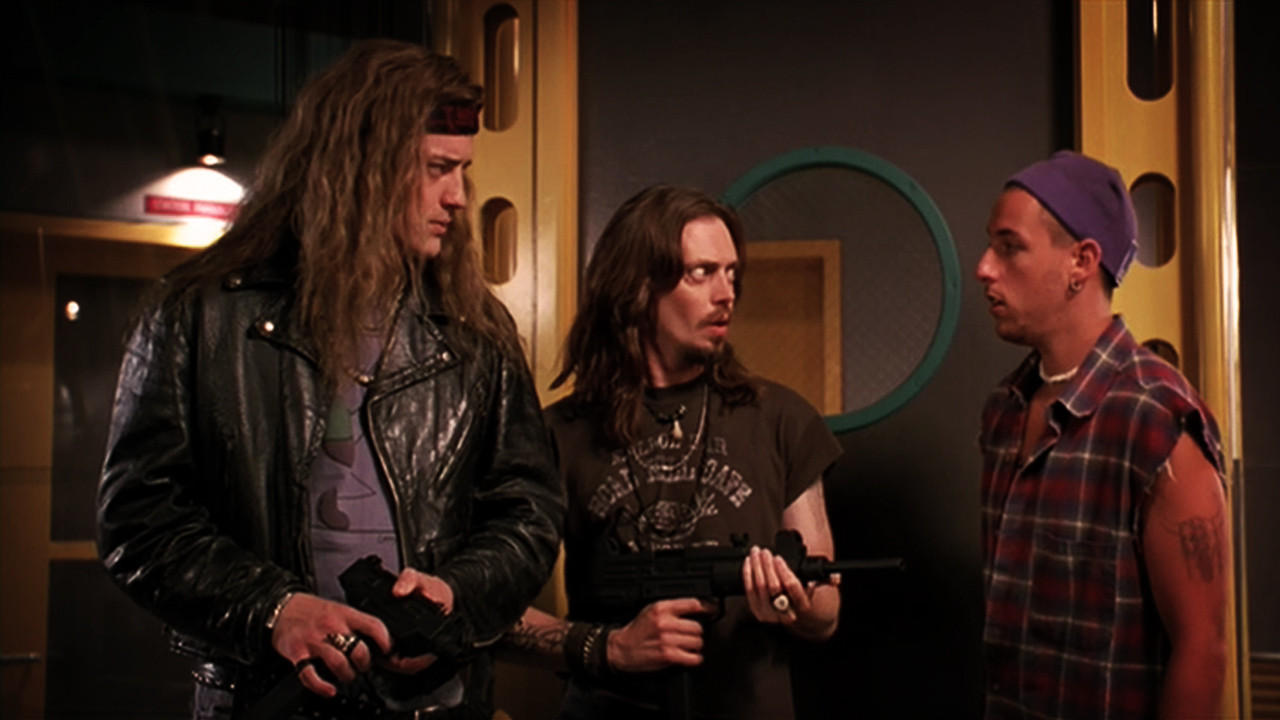When Rep. Sherry Appleton, D-Poulsbo, asked State Department of Transportation Chief of Staff Steve Reinmuth on March 3 why the passenger-only Chinook ferry couldn’t be put in service, she was told it was in large part due to the fact that the side-loading vessel was incompatible with every dock in the system except Pier 50 in Seattle. It would cost $4 million to get it running, he said, and Washington State Ferries was going to proceed with the sale of the boat, as instructed by the Legislature in 2007.
Rep. Sharon Nelson, D-Vashon, received the same message. “We were all told that [it couldn’t be used] because it was a side-loader,” she said.
When asked earlier this month what he would say to the idea of keeping the Chinook as a backup, Sen. Phil Rockefeller, D–Bainbridge Island, said it wouldn’t work because, unlike the Snohomish, it couldn’t load from the bow. Added Rockefeller: “Although they are sister ships, they differ in one important way: the Snohomish was fitted with a bow-load configuration that can fit into any WSF auto terminal slip; the Chinook was not. Therefore, the Chinook can’t be used on any current route in the system.”
In fact, it would actually only cost about $1 million to get the Chinook back into service, and WSF has the bow-loading kit that would make the boat operable on WSF docks, according to the “Ten-Year Passenger Strategy for Washington’s Multimodal Ferry Transportation System” released by WSF in 2005.
“I am really shocked about the fact that they have a kit to make it a bow-loader,” says Appleton, a member of the House Transportation Committee. “That’s not what I was told, and I’m not sure anybody on the Transportation Committee was told that.”
Like Appleton, Nelson says last week was the first she’d heard that the bow-loading kit was in stock (she was informed during SW‘s query into the matter). “That’s the kind of information we need to know so we can discuss flexibility in the system,” she adds. “I look at it as a serious part of my job to know what is going on in the system.”
Through an aide, Sen. Rockefeller said that he was surprised to hear about the bow kit, and that he didn’t know there was such a thing. Appleton says that had she known about the bow kit earlier, it could have changed the conversation among legislators who were discussing the idea of refurbishing the Chinook and keeping it as a backup. “In the end, we still would have had to build new boats,” she said. “But we would have maybe looked at how we address all this differently. Maybe we wouldn’t have had to trade so many different routes if we had the Chinook available to be a backup. I hate the idea that we don’t have any backup boats right now.”
This shortage couldn’t come at a worse time: WSF doesn’t even have enough operating vessels to fill its runs right now, much less backups. Steilacoom II, servicing the Port Townsend/Keystone run, is on loan from Pierce County. And as recently as last month, WSF had to go outside the fleet to lease passenger-only boats when the Bremerton run was down to one car ferry.
Built for passenger-only service between Bremerton and Seattle for about $23 million in the late ’90s, the Snohomish and the Chinook have not operated full-time since WSF canceled the route in 2003. The Legislature then instructed WSF to sell both the Snohomish and the Chinook via Senate Bill 6852 in 2007, and deposit the pursuant funds into an account to be used by King County for passenger-only ferry service. The Chinook has twice been put up for sale on eBay for $4.5 million, but has yet to receive a bid. Meanwhile, the Snohomish has been retained through the governor’s executive authority, and been used as an emergency boat on various routes, including those serving Bremerton and Port Townsend.
WSF will relist the Chinook for a lower minimum bid after it gets “an updated Inspection for Valuation Report for the appraised fair market value of the vessel,” according to spokesperson Joy Goldenberg. Reinmuth adds that WSF intends to eventually sell the Snohomish, too, though the agency has yet to establish a timeline.
Reinmuth says he’s sure he’s had a conversation with Appleton about the Chinook, but it appears that the DOT official was also unaware of the existence of the bow kit until last week. Nonetheless, Reinmuth insists that the Legislature instructed WSF to get out of the passenger-only ferry business—period—and that he hasn’t been asked to look into different scenarios to keep the Chinook in the fleet.
WSF’s 2005 report put the cost of updating the Chinook at $925,796, but spokesperson Marta Coursey says it could cost up to $1 million just to have the bow kit installed and be used for limited service (up to $4 million for long-term use). “And these are very rough estimates,” Coursey said. “Nobody’s looking at this date, or has crunched the numbers on it.”
Yet the agency’s own 2005 report lists the “bow-loading retrofit” at $75,000.
“Does it cost $4 million to [fix] it? I don’t think so,” says Appleton. “It would be worth it…for passengers that have been left out in the cold. I’ve always felt that we could have used both the Chinook and the Snohomish at Southworth and in Kingston.”








